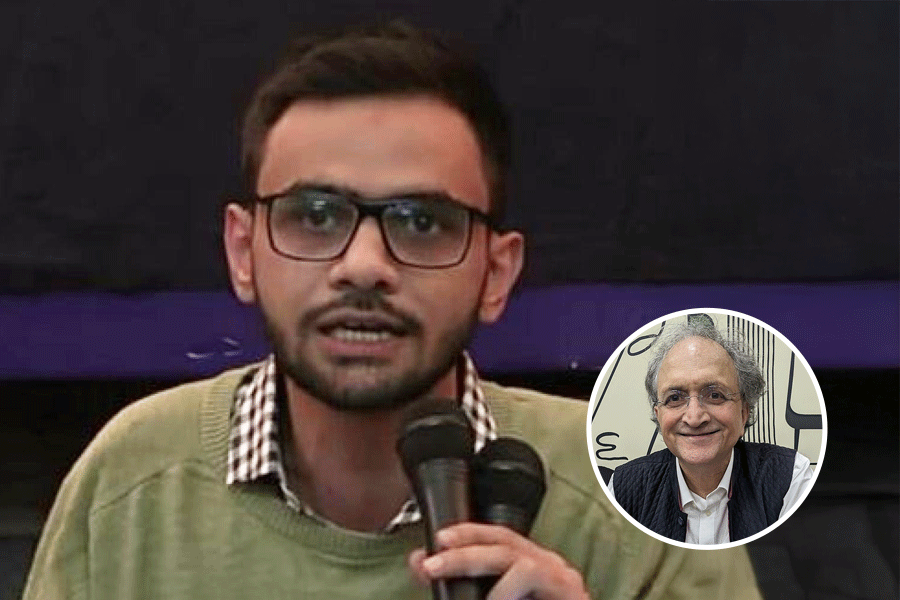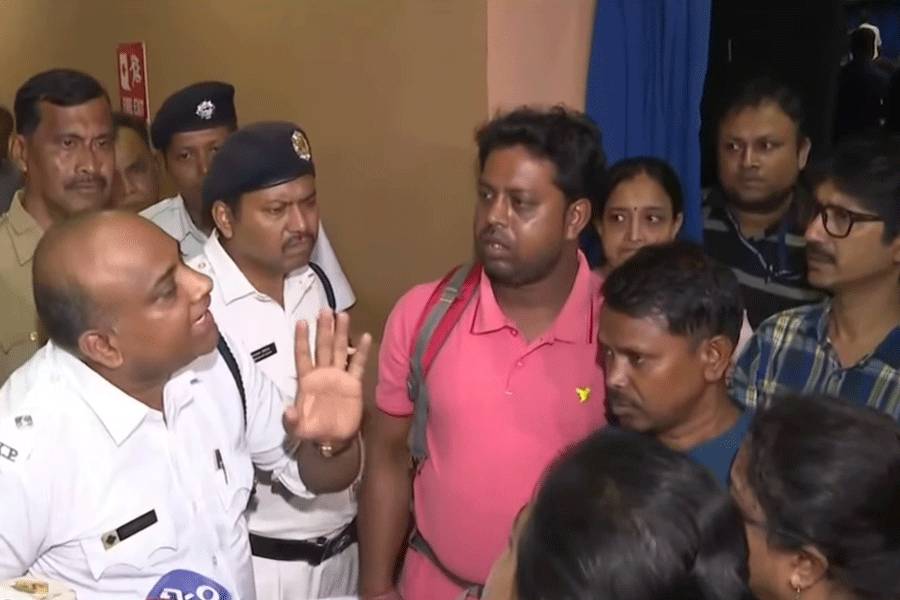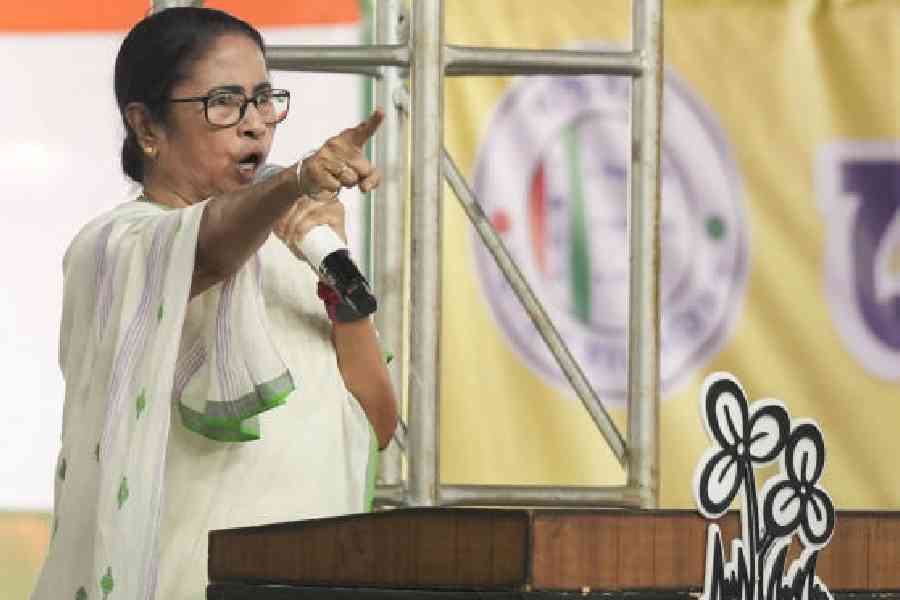|
|
ADOOR GOPALAKRISHNAN: A LIFE IN CINEMA By Gautaman Bhaskaran,
Viking, Rs 599
In Our Films, Their Films, Satyajit Ray says that a good film must possess a ‘distilled simplicity’, with a storyline that can be summed up in a single sentence. He cited Mrinal Sen’s Bhuvan Shome as a classic example.
One of the most distinguished film makers among Ray’s younger contemporaries, Adoor Gopalakrishnan, as an auteur, does not like comparisons. However, comparisons with Ray are unavoidable because his cinematic ideology has a strong base in Ray’s, including the broad humanism in his films. This is the reason why Ray crops up as a constant point of reference in Gautaman Bhaskaran’s book. Instead of undermining Adoor’s originality, these comparisons have highlighted it, because it is only by noting an artist’s starting point that one can profitably examine his points of departure and his power of assimilation. One cannot deny that a worthwhile creative process is invariably intertextual.
In this biography, Bhaskaran scrutinizes the minute details that make up Adoor Gopalakrishnan, the film maker. He discusses the latter’s formative years, the community he belongs to and especially the kind of people he saw around him — people who later appeared in his films, in the form of his characters. Readers discover Adoor’s abiding interest in the dance and music traditions of Kerala. He was particularly fascinated with Kathakali, an indigenous dance form of the state. Critics like Chidananda Das Gupta have found that some of Adoor’s cinematic methods can be traced back to the Kathakali tradition — for example, his method of “masking reality behind artifice”, and the “slow, deliberate and stylistic” movements of some of his characters. This gives readers an insight into Adoor’s artistic mindset.
Bhaskaran also dwells at length on Adoor’s long affair with theatre. It began during his childhood, and endured even after he had studied for a year at the Film and Television Institute of India, in Pune. Bhaskaran shows how, even when the lure of celluloid successfully won him over, his experiences with theatre served him well while writing scripts.
The charm of a biography lies in the little anecdotes it contains. These unravel some new facets of one’s persona. Bhaskaran narrates how Adoor, then a boy of seven, “wept the whole evening” when he learnt about Gandhi’s death. The poignancy of that feeling is translated in his film Kathapurushan. Interestingly, from that day, Adoor became a Gandhian. Another incident illustrates his contempt for comparison. Once, on a flight to Europe, a stewardess told him that he looked like Albert Einstein. Pat came the retort, “That is not a compliment”.
Adoor’s deep sympathy for his actors, human and non-human, is evident from the following incident. There is a scene in his Elippathayam (The Rat Trap) where a rat is drowned. The rat was procured from a professional rodent catcher and kept with great care. The rodent, too, ‘acted with panache’. On the day when the drowning was to occur, Adoor reminisces, “My heart was heavy with a feeling of guilt”. Here, Adoor the humanist fought with Adoor the artist, and the latter’s victory was clearly hard-won.
One also learns of Adoor’s use of background music, as well as his painstaking method of recording real-life sounds for his films. For the latter, according to Bhaskaran, Adoor owes a lot to Ritwik Ghatak’s Meghe Dhaka Tara. The second part of the biography includes analyses of Adoor’s films, both individually and in general. The book efficiently captures the dialogue between the man and the artist in Adoor, showing where they complemented each other and where they merged. The ‘distilled simplicity’ of his works springs from this symbiosis.











